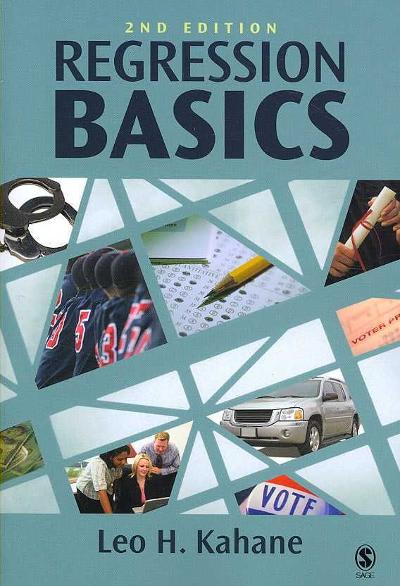Question
Two students visit a preschool playground. They watched the same boy, Michael, who is 4 years and 8 months old. They spend 5 minutes recording
Two students visit a preschool playground. They watched the same boy, Michael, who is 4 years
and 8 months old. They spend 5 minutes recording one child's activity.
Student A wrote the following observation:
The boy I am observing is playing all alone with a dinosaur in the sand. He doesn't seem to have
any friends. He plays with just one dinosaur all by himself for a while. Then he gets bored and goes
to get some other dinosaurs at the end of the sand area. He demands the teacher's attention,
probably the only person who will listen to him. He tells her that the biggest dinosaur is the boss,
probably what he wants to be all of the time. No wonder he is playing alone.
Student B wrote this observation:
Michael is sitting in the middle of the sand area, his left foot tucked under his right knee, and both
legs bent back to his right side. His head is bent downward with eyes focused on the toy bin. He
reaches into the toy bin with his right hand and grasps a small plastic dinosaur with his thumb and
index finger. He stands, leaning on his left hand to push his body upward. Holding the dinosaur, he
walks leading with his right foot, to the edge of the sand area and places the dinosaur to the left of
two other plastic dinosaurs lined up on the wood outlining the sand area. In a loud voice he
exclaims, "Now you're all here." Turning to the right, he spins around and looks at the teacher. He
announces as he points with his right index finger at the dinosaurs in lined order, "Tyrannosaurus is
the boss `cause he's the biggest. The Stegosaurus is the next boss `cause he's the next biggest. The
dimetrodon is the baby. He's not very big."
1. How are the observations similar?
2. How do the observations differ?
Observation #2
Read the following observation of a child coloring in the art area of a classroom.
Anna tightly grasps a purple jumbo crayon in her right fist, arm bent parallel to the table about one
inch above the table. She made circular strokes of crayon. After completing four imperfect circles,
she looks up at her teacher with delight and exclaims, "I make doughnuts!"
3. What else do you need to know in order to have a more complete observation?
4. Are there any statements in the observation that are not objectiv
Step by Step Solution
There are 3 Steps involved in it
Step: 1

Get Instant Access to Expert-Tailored Solutions
See step-by-step solutions with expert insights and AI powered tools for academic success
Step: 2

Step: 3

Ace Your Homework with AI
Get the answers you need in no time with our AI-driven, step-by-step assistance
Get Started


